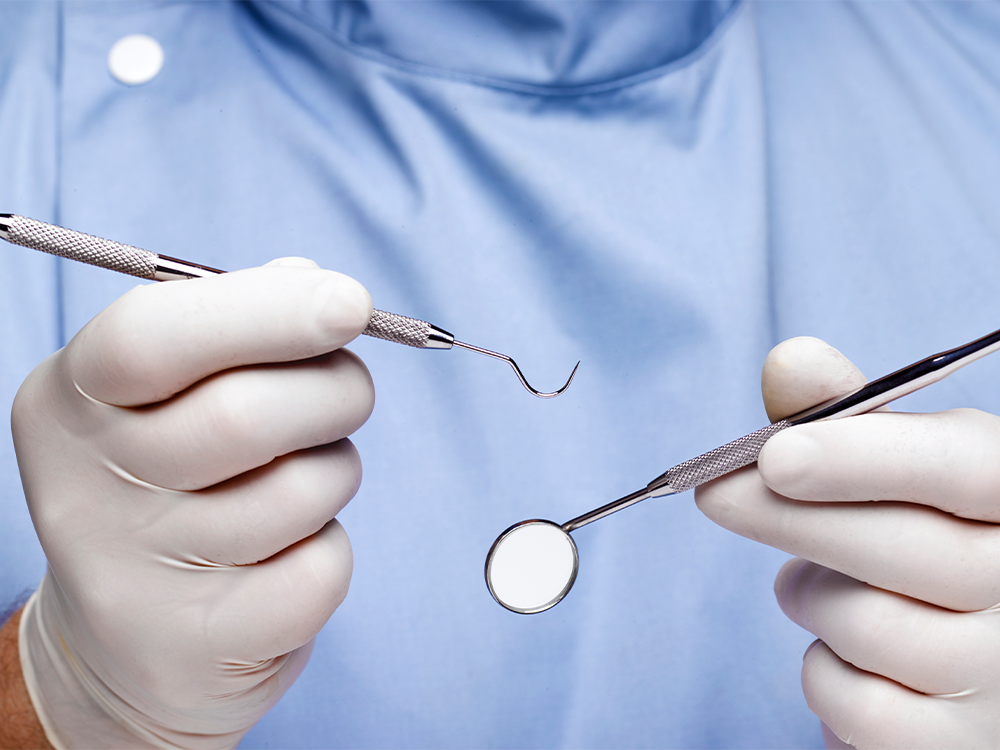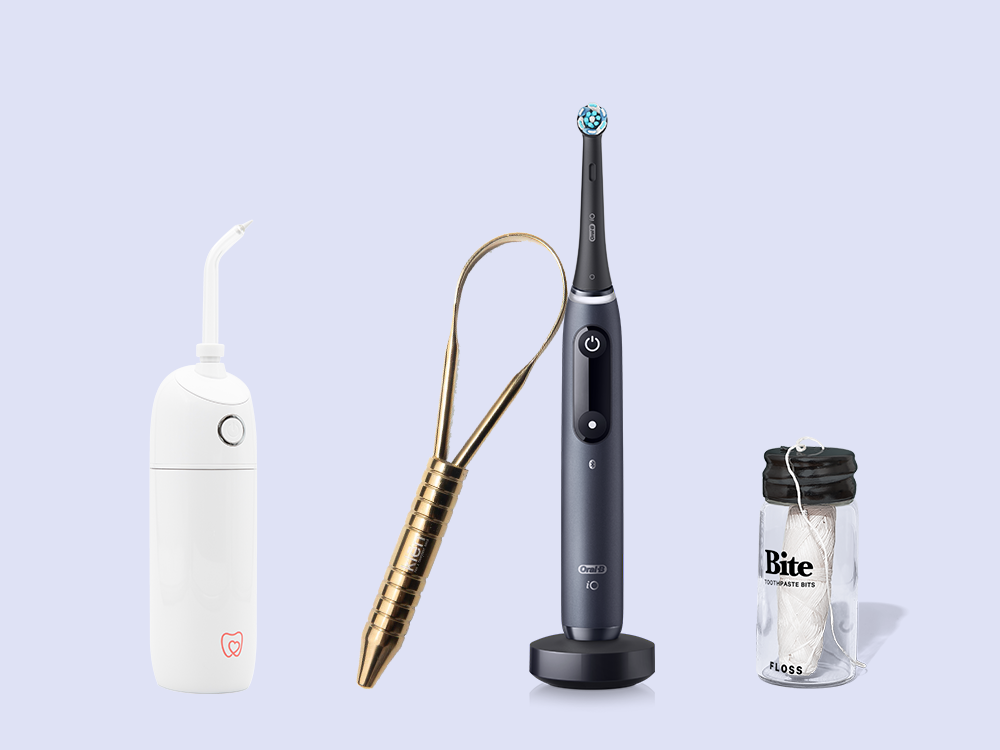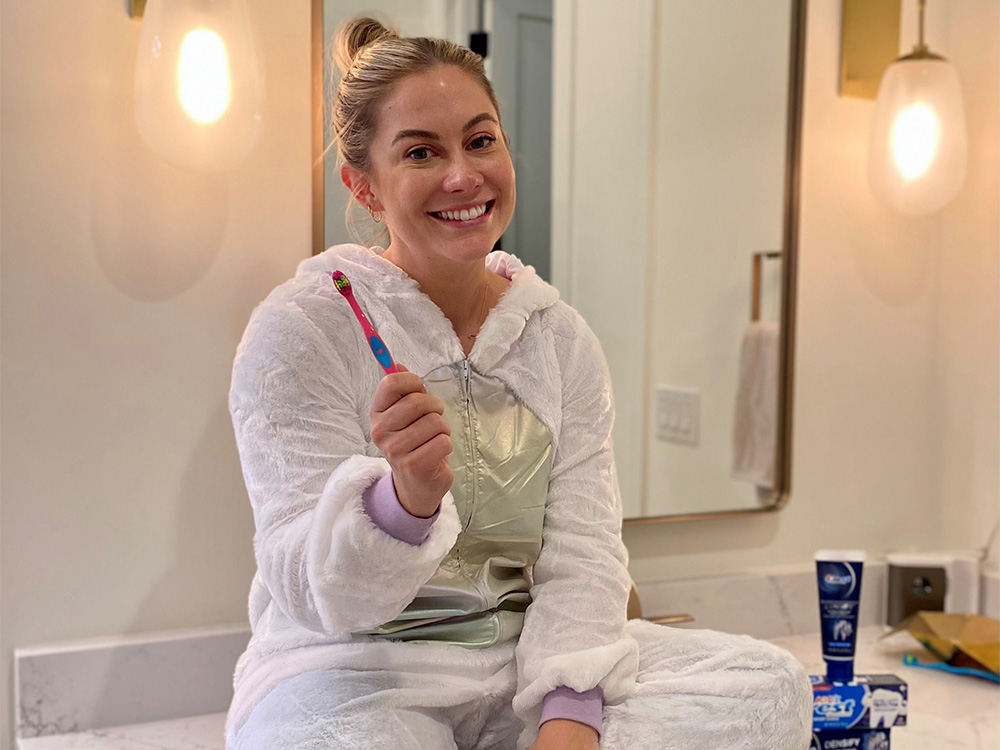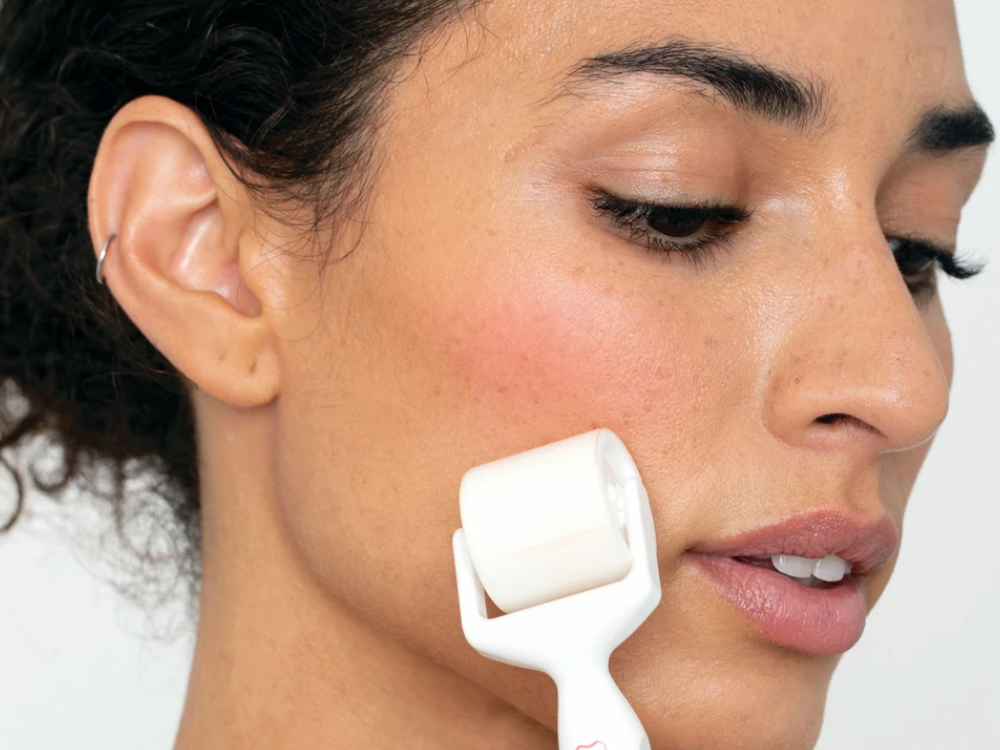Plenty of us are afraid of going to the dentist. Many of us have an idea of serious dental work as necessarily invasive and uncomfortable, which can lead to putting off smile rejuvenation and serious oral-health concerns. The good news: These days, it’s possible to painlessly upgrade your smile with the noninvasive approach of “gentle dentistry.” Leave your fears behind and embrace everything your smile can be with this expert-approved introduction into the world of noninvasive dental work.
We spoke with New York prosthodontist Nargiz Schmidt, DDS to learn all about “gentle dentistry,” how far we’ve come in minimally and noninvasive dentistry, and what it’s like to get this kind of dental work.
What is “Gentle Dentistry?”
“I believe the term ‘Gentle Dentistry’ is a fitting name for noninvasive and minimally invasive dentistry,” Dr. Schmidt explains. “It emphasizes the approach of preserving natural tooth structure, minimizing discomfort, and providing patients with a positive and comfortable dental experience.”
This is accomplished not just through numbing agents, but also through the tools and techniques used. The whole idea is to make you comfortable while improving your smile.
“It aligns with the philosophy of prioritizing patient comfort while achieving beautiful and natural results,” Dr. Schmidt says.
A dentist who focuses on keeping their patients pain-free will also likely discuss your potential anxieties regarding dental work. By understanding your discomfort and fears, and taking steps to mitigate your pain, your dentist can help you overcome dental anxiety and provide better quality care.
Myth-Busting Dental-Work Fears
Because it’s in your mouth, any kind of dental work can feel a bit invasive. And trust us, your dentist knows this. That’s one reason why there’s been so much effort put into making the experience as comfortable as it can be.
“As a prosthodontist specializing in noninvasive and minimally invasive aesthetic dentistry, I am passionate about dispelling the misconception that all dental procedures are invasive,” Dr. Schmidt explains. “The belief that all dental procedures are invasive is incorrect because dentistry has evolved significantly over the years.”
Not every dental concern can be addressed using a noninvasive technique. That said, any kind of dental work can be approached in a way that minimizes your pain and discomfort.
“While some treatments may require more extensive procedures, such as dental implants or full-mouth reconstructions, many aesthetic improvements can be achieved without invasive techniques,” Dr. Schmidt says. “Noninvasive dentistry focuses on preserving natural tooth structure and utilizing conservative approaches to enhance the smile. By embracing advanced technologies and techniques, dentists can now offer minimally invasive alternatives that prioritize patient comfort and deliver excellent results.”
Noninvasive Smile Upgrades
If you’re averse to most serious dental work, you still have a lot of options to significantly upgrade your smile.
“Teeth whitening is a popular choice to brighten and remove stains. They can significantly improve discoloration caused by aging, lifestyle habits, or certain medications,” Dr. Schmidt says. “Dental bonding is another option, where a tooth-colored resin material is applied and shaped to repair chips and reshape teeth. Lumineers, a type of ultra-thin porcelain veneers, can be placed over the teeth to correct discoloration, gaps, and minor misalignments.”
All these options are designed to preserve and improve your natural smile.
“These treatments provide effective solutions without the need for invasive procedures, allowing patients to achieve a more confident smile,” Dr. Schmidt explains. “Noninvasive aesthetic treatments can effectively address various dental concerns, and these treatments provide natural-looking results while preserving the integrity of the natural tooth structure.”
Getting Porcelain Veneers
These days, getting veneers is a relatively simple process that is largely painless. “The experience of getting porcelain veneers involves minimal discomfort,” Dr. Schmidt explains. “After a thorough consultation and preparation of the teeth, custom-made veneers are bonded to the front surface of the teeth, resulting in a beautiful and natural-looking smile.”
Some patients report mild discomfort when first having the veneers placed, but this usually amounts to minor gum sensitivity that fades within 24 hours.
“The process typically requires two visits, with the first appointment involving tooth preparation and impressions, and the second appointment for the placement of the veneers,” Dr. Schmidt says.
Who Should Get Noninvasive Dental Work?
If you’re seeking a smile improvement for minor dental issues, you are likely a good candidate for receiving one of these noninvasive treatments.
“Good candidates for noninvasive aesthetic dental treatments are individuals with minor cosmetic concerns such as discoloration, chipped teeth, gaps, or slight misalignments,” Dr. Schmidt explains.
Of course, your dentist will evaluate your health and determine the appropriate course of action.
“A thorough examination and consultation with a cosmetic dentist can determine if noninvasive options are appropriate for each individual case,” Dr. Schmidt says. “Factors such as overall oral health, tooth structure, and patient expectations are taken into account to ensure the best-possible outcome.”

















